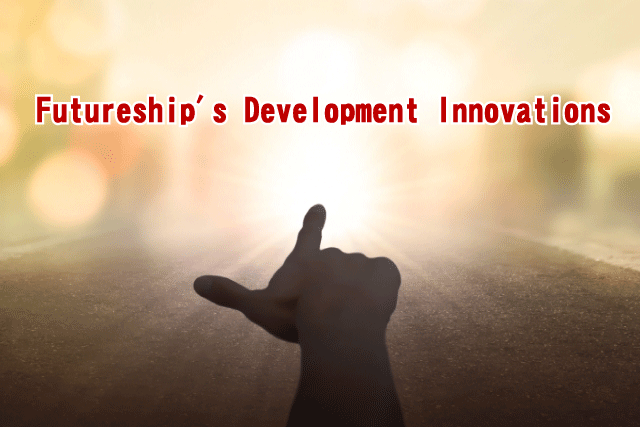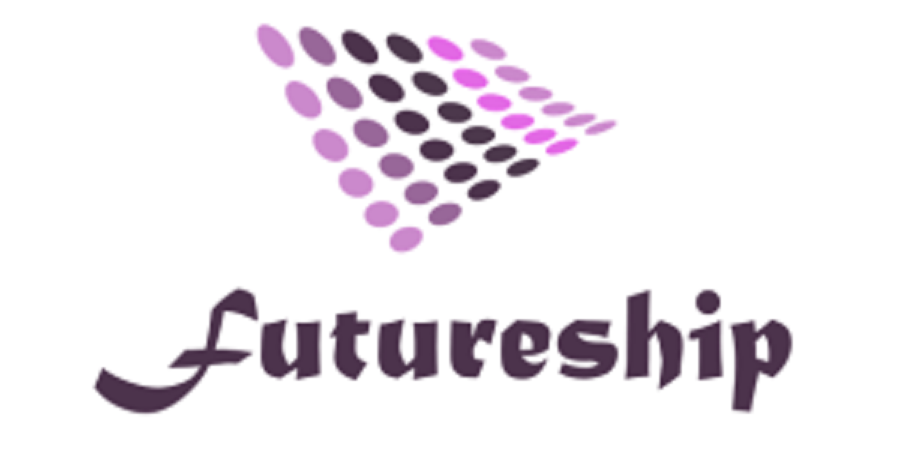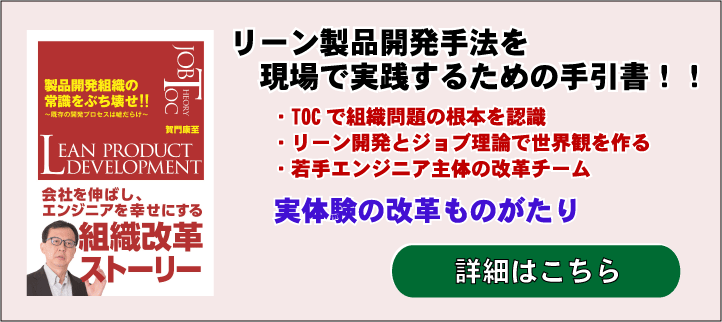

I am interested in development innovation consulting, but I am also concerned
I have a feeling that the company will not grow unless product development is changed, and would like to consider consulting on development innovation, but would like to know exactly how to proceed and how long it will take.
Although it is necessary to consider how to set goals, what the current situation is like, what the current organizational structure is like, etc., I would like to explain the general flow and the concept of the time required to reap results using a typical model
Contents of this article
Analyzing the Current State of the Development Organization and Setting Development Innovation Goals

Analysis of the Current Situation
When we provide support for product development innovation and organizational reform, we first conduct a detailed hearing on current issues.
We invite both on-site engineers and members of management to meet with us and ventilate about the current issues.
We will ask them what kind of phenomena are occurring, when they started, what measures they have taken to deal with them, and what results they have achieved.
Furthermore, we will also ask you about the short-, medium-, and long-term plans of the organization’s policy management, and the history of organizational changes.
We will then discuss and set the goals that we should aim for by embarking on this reform.
This is the usual way to proceed up to the start of reform, but for the purpose of explaining how to proceed with consulting activities and the time frame, we will consider a model case.
We consider the following situation in light of issues common to the companies we have supported so far.
- Organization Size : Approx. 100 product developers
- Developed product : Electronic products
- Years in business : more than 50 years
Major concerns of development organizations
- Schedule delays have become the norm
- Frequent rework during development
- Similar problems are repeated
- Stagnant growth of young engineers (weak handing down of skills from veterans)
- Groundbreaking new products have not been released for some time.
They are expanding their product lineups to compete with the moves of their rivals. The population is aging and veterans are retiring with their knowledge, and some of the technology is beginning to become a black box. Internal communication is poor, especially at the field level regarding technology. Younger workers feel that their time is taken up by chores and unexpected tasks, and they also feel that they have few opportunities to develop their skills.
Goal Setting
From this state of affairs, assume the following goals to be discussed with top management and set.
- 30% reduction in development time
- Reduction in the number of market problems by an order of magnitude
- Creation of a system to pass on technology and strengthen technical communication (specifically, establishing an A3 report culture)
Basic Policy
From the analysis of the current situation and goal setting, we will utilize the Toyota-style lean development method as the basic policy for development innovation.
Toyota-style lean development is
- set-based development
- A3 Report
- Chief Engineer System
It consists of three key elements.
From each of these elements, we can summarize the points to be revised.
Set-Based Development
Convert the unknowns and challenges to a development method that consists of small, fast learning cycles and builds up what is not known one by one.
The method of building a prototype of the entire product from the beginning and fixing bugs and problems takes extra time to solve problems because they are intertwined with each other in a complex way.
Furthermore, because a single model concept is decided at the start of development, it is difficult to create a product that is better than the original product concept or a product that surprises the customer.
This system makes it difficult to reflect the insights gained during development in the product.
We will incorporate the best aspects of the set-based development concept while paying attention to the constraints in the current process.
Reference article: Understanding Set-Based Development
A3 Report
The A3 report in Toyota-style lean development is more than just a report.。
It starts from the viewpoint that “knowledge” of individual technologies and know-how is an important asset of the company.
The A3 report is positioned as a tool to protect and utilize these important assets throughout the company.
The A3 Report is the organization’s responsibility to preserve the new “knowledge” gained through the set-based development learning cycle.
It also links the development process with the know-how for past problems so that past quality problems will never be repeated.
To accumulate high quality reports in the company, we activate technical communication through a culture in which supervisors and subordinates, or the entire organization, work together to create a single A3 report.
Reference article: A Case Study of Organizational Reform through Improved Report Writing
Chief Engineer System
Toyota’s chief engineer system is well known, and many companies imitate it, but in fact, the level of Toyota’s chief engineers is so high that many companies are merely copying the form.
The chief engineer is not only the leader of development, but is also responsible for the entire value chain related to the product in question, from planning, production, purchasing, service, and sales, and must be familiar with everything.
As anyone can understand, it is not possible to create such a superman overnight, but it takes 10 years to develop a chief engineer, and unless the top management takes the lead, it is probably a system that cannot be imitated until the very end.
However, even so, if we focus on development, there must be excellent leaders in each company.
We will put in place a system of handing down the system in the development process that will continually produce excellent development leaders.
Reference article: How to continuously produce excellent project managers
Success stories in model projects with top commitments

The most important thing in product development innovation is to create success stories early on.
If the members and the organization feel that they can do it by setting up a model project and obtaining ideal results under ideal conditions, then the innovation is half a success.
However, if the gap between the existing way of development and the new way is large, various obstacles will stand in the way.
Removing these obstacles requires strong support from top management, or even their own participation or commitment
- Isolate the model project from other tasks.
- Assign the best and most motivated members possible.
- Consideration to obtain cooperation from other departments
is necessary at the very least.
After receiving the commitment of top management, the general flow of the process of achieving a successful experience in a model project is as follows.
- Decide on the target project and select members
- Basic training for project members
- Project plan development
- Project execution
Determination of target project and selection of members
You will never have a model project.
While it is a model, it should not be a product that is not actually in the commercial stream, however, it should also not be a product that the sales side is waiting for.
If the expectations for the product itself are too high, it will be lost in conventional values.
The best model is something that you want to leave as a milestone in the future, such as a market exploration machine, but the sales side does not have high expectations for the product as it is now.
It would be best to keep the members motivated and not have excessive expectations.
We cannot bring in the best people from the existing development team, so it would be ideal if we can assign a good balance of young people with high potential and mid-career people who have some experience and can control the important points.
We also need to build relationships with related departments, so it would be even more ideal if we could borrow the name of a department head or board member at the top of this project.
Basic education for project members
Once the target project has been decided and members have been selected, the first step is to have the members learn the Lean development methodology.
They will not only learn the Lean development methodology, but also learn what kind of experiments to set up for small studies in set-based development, through exercises, etc.
For the A3 report, you will actually write a report and learn how to improve the quality of the report and the organization as a whole, which is necessary to make it an asset to the company.
As for the A3 report, we need to have the members of this project become evangelists when it is later rolled out company-wide.
Regarding the Chief Engineer System, after having them understand the ideal situation, we would like to consider training them to the minimum required level as project leaders focused on real-world development.
My experience so far has been quite varied in terms of the extent to which each company has the necessary training as a leader.
A full training period of 5 to 10 days (depending on the basic level) is required if members can be 100% isolated and focused.
If members have current jobs and cannot be 100% segregated, then once-weekly training will take one to two months, twice-monthly training will take two to four months, and once-monthly training will take five to ten months.
It is preferable to concentrate on the work and get it done quickly if possible, but in our experience, in many cases we have been unable to pull them away from their current jobs, and it has taken several month
Reference site: Technical Skills Development Seminar
Project Planning
Once project members are able to understand the methodology, they use that knowledge to develop an implementation plan for the target project.
We eliminate the conventional ways of doing things and aim to achieve the project goals in the ideal and the way we want to do it.
There will be a lot of negative feedback, i.e., possible obstacles and side effects.
How we deal with the anticipated obstacles and side effects will also be an important part of the plan.
There will also be hesitation about how much time to spend on the challenges of the unknown.
Take as much time as possible for basic learning.
The key to Lean development is to thicken the front-loading, and once the technical stuff is done, the detailed design and beyond can be done in one shot to produce high quality products.
We will also take enough time for planning, as this is the first time for us to do so.
We would like to isolate 100% of the members at least at this stage, but we would like to take at least two months in that state at the shortest, and three to four months if the plan includes even the product concept.
The plan should be dreamy and exciting, with members formulating it on their own and leaving room for improvement in the product concept from the time of conception.
Methods of dealing with obstacles and side effects that come up during the planning period should be resolved before the project starts in the form of proposals to the top management, and this resolution should also be done during the planning period.
The project plan should be finalized with a report to the top management before the project starts.
Project Execution
Once you have a project plan in place, all that remains is to execute it according to plan.
The project duration varies from product to product, does it not?
Some products typically take six months to commercialize, while others take a year or even a year and a half.
For electrical products, for example, it usually takes about a year and a half.
Our goal this time is to reduce development time by 30%, so our target is to reduce development time from 12 months to just over 8 months, and from 18 months to just under 13 months.
While the goal of reducing development time is important, I think it is more important to eliminate rework, to avoid market quality problems, and to produce a good product that will be accepted by customers.
Since this is the first time, and the period may be extended due to reasons other than the development itself, let’s first consider the period to be the same period of success as usual.
Now, as I said at the beginning of this article, I believe that the completion of the model project, which people around you have been waiting for without high expectations, will give the members a sense of success and confidence in the reform.
People around you will give a certain amount of credit to the fact that the results exceeded expectations, and if the product itself becomes appreciated in the market, they will praise the project members as if they had turned over their palms. (This is my own experience.)
To summarize, from the beginning of the project to this point
- Member training :1 month
- Planning : 2 to 3 months
- Project Execution : Normal development period
This is the period of time until the first successful experience.
Now, this will be the first half of the reform
The path to changing individual and organizational awareness and establishing new development processes

Now that the efforts of the selected project members have created a success story within the company, the next step is to spread this success throughout the company.
The next step is to spread this success throughout the company.
Individuals and organizations accustomed to the old way of doing things, or those who are comfortable with the old way of doing things, may find the reforms unacceptable.
There is also a big difference between the project members and their attitudes toward reform.
Awareness-raising activities will be initiated at the same time as the model project is underway.
After experiencing success in the model project, we will accelerate activities to raise awareness and establish the successful development process as a standard process at once.
A3 Report Culture as an Awareness Raising
As mentioned above, in Lean development, the A3 report is more than just a report.
It is a culture and a management tool to treat “knowledge” as a company asset
As soon as the model project starts, we will begin to reform the culture of the entire company with A3 reports.
The circumstances of what kind of content should be included in an A3 report vary from company to company, but we recommend the following
- Prevent recurrence of quality problems
- Reuse know-how and experience
I think the goal is to accumulate “knowledge” for the purpose of
In addition to that, there are
- Customer requirement surveys, complaint information
- Improvement suggestions from the field
- The process of putting ideas to practical use
I believe that information such as this is an asset that is worth reusing.
The following are important points for raising awareness and points that are easy to fall into.
- Content specific to one project that can be applied to other projects
- Clarify to whom the report is addressed and what it communicates (and those around you will be watching for it))
- Supervisors make efforts to thoroughly improve their subordinates’ reports (human resource development)
- Write what the reader wants, not what you want to write (a report that will be read)
- A change in mindset that the report is not the sole property of the reporter, but the property of the company.
Actually, it is easier said than done. It takes a strong message from the top to change these values from the top to the field.
We have implemented reforms based on the A3 report in several companies, and if left to the field, reform itself will eventually penetrate only a few people, and reform itself will be a long way off.
In particular, without a strong will from top management and middle managers, and without strengthening the ability of middle managers to guide the reports, they will become a mere skeleton.
Our consulting services will promote the development of middle managers, foster a culture, and revitalize on-site communication through repeated thorough reviews and improvements.
By creating an A3 culture, we will promote awareness throughout the organization until we see the success of the model project.
Process Reform to Apply Successful Processes Companywide
Now, the model project will be completed when the A3 report culture, which has been promoted in parallel with the model project, has gradually spread awareness among employees.
Without letting up at this point, we will take advantage of this momentum and proceed with the reform in one fell swoop.
Specifically, we will adopt the reforms successfully implemented in the model project as the company-wide standard process.
A new team will be established across the organization to promote process reform with key members who participated in the model project.
The support and commitment of top management will also be important for the activities of this team.
We will identify what went well and what did not go well based on the differences between planned and actual results of the model project.。
We will also examine the results of the implementation of countermeasures against obstacles and side effects in the execution of the model project.
If the obstacles were overcome by special handling with the support of top management, the method of handling the obstacles must be determined again if it is to be a standard process.
There will be problems, etc., that could be handled with special handling, but that cannot be avoided under normal conditions.
A common limitation is the problem of having to secure a long schedule for mold arrangements, etc., mixed with those that can be handled with a short delivery time, which limits the time for technical search for the long items in order to secure the overall schedule.
Unless we remove the conventional fixed concept of making prototypes and squashing problems, we often end up not being able to change the process.
By sharing wisdom, eliminating assumptions, and balancing the process with solutions to each company’s circumstances, we examine the process from various angles to create a new process that is unique to the company.
In fact, I believe that the formulation of this unique process is many times more difficult than the implementation of a model project.
Even while we are studying the reform process, other product development is in progress.
What procedures will be used to transition from the current process to the new process will also be a major issue.
Verification work to change the mechanism, etc. cannot interfere with the current project.
It will be a reform that overcomes various constraints.
In the activities of the reform team, it would be good if the members could be completely isolated as in the model project, but if you are gathering key members from each functional organization, it is expected to be even more difficult to completely separate them from the current work than in the model project.
Then, even if you do your best to proceed, it will probably take about six months before this reform team’s proposal is presented to the top management.
After that, top management will be involved, and over the next six months or so, a method of implementing the reform will be defined, and the new process will be soft-landed with organizational reforms, etc. The new process will be established through the PDCA cycle as early as the second cycle (following the development of the first product).
Summary
Duration of Successful Development Process Reforms
We get a lot of questions about how long it takes for a new process to take root after starting a development innovation.
As we have discussed, the road to innovation is not smooth.
As an example of a successful case study of an inspection equipment manufacturer, where the president and the general manager of the development division personally took the lead in introducing lean development, the following is an example of a company that has successfully implemented lean development.
- 2 years to first successful model project
- 5 years (from the start of the reform process) until the reform process is firmly established
I think this is a realistic answer.
The initial development time for this company was 16 months, and after the reform it was 11 months.

In addition to development time, the occurrence of market problems has dropped significantly (figures not disclosed), rework is virtually zero, and the employee value-added work ratio (the percentage of production activities that are not chores) has improved from 20% to 80%.
The duration of reforms varies greatly depending on the standard duration of product development and the degree of top management intervention.
Reform cannot be achieved by deployment of methods alone, but help from methods is absolutely necessary.
If you are interested in fighting together, we would like to have a meeting with you.
Please enter your e-mail address below and we will contact you.


